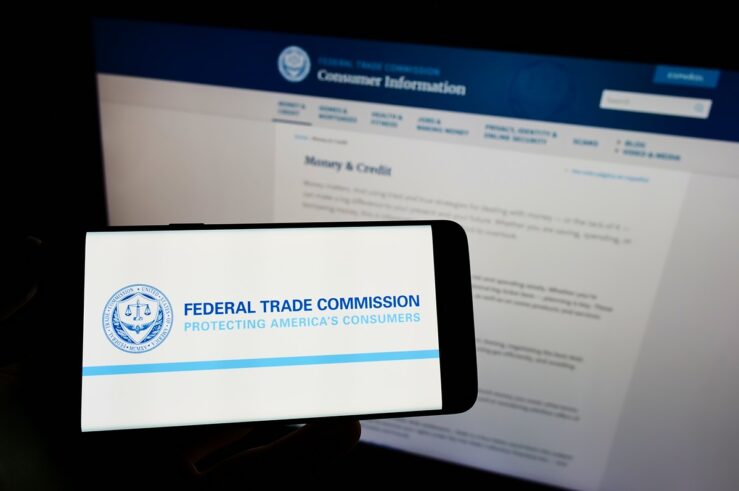A few years ago a new scandal emerged on the corporate scene, prompted by Hu & Black’s work on so-called “empty voting.” The supposed problem is that a hedge fund can separate voting and economic rights by borrowing, hedging or short-term trading. The trader can vote shares in a company in which he owns a short position, and so is seemingly at odds with the other shareholders.
In the classic case, hedge fund operator Richard Perry owned stakes in both Mylan and King that were engaged in a takeover contest. Perry’s King shares would increase if Mylan bought it. He had prevented a corresponding loss in his Mylan position by arranging to transfer those shares at his purchase price. So Perry could vote Mylan for the King transaction, win in King and lose nothing in Mylan.
This scenario has sparked calls for regulation.
Now Brav & Mathews, Empty Voting and the Efficiency of Corporate Governance (discussed on the Harvard Blog), show that the situation isn’t the travesty it might appear to be:
We model corporate voting outcomes when an informed trader, such as a hedge fund, can establish separate positions in a firm’s shares and votes (“empty voting”). The positions are separated by borrowing shares on the record date, hedging economic exposure, or trading between record and voting dates. We find that the trader’s presence can improve efficiency overall despite the fact that it sometimes ends up selling to a net short position and then voting to decrease firm value. An efficiency improvement is likely if other shareholders’ votes are not highly correlated with the correct decision or if it is relatively expensive to separate votes from shares on the record date. On the other hand, empty voting will tend to decrease efficiency if it is relatively inexpensive to separate votes from shares and other shareholders are likely to vote the right way.
The hedged voter might be the “correct” one because it has more information than the outside shareholders, and because its position is consistent with that of the typical outside diversified shareholder whose portfolio is on both sides of the transaction.
Bruce Kobayashi and I were onto this several years ago in our article, Outsider Trading as an Incentive Device (discussed here), in which we note that
the Perry gambit was not pernicious, but rather a way to maximize the joint capital of the participating firms without interference from self-interested managers or undiversified shareholders. The gambit is necessary because federal takeover regulation and strong takeover defenses at the state level have reduced the leverage of outside investors like Perry in control transactions. New techniques are necessary to make speculating in control pay off, just as Milken had to perfect the use of junk bonds for a similar purpose twenty years ago. In other words, Perry can be viewed as the new Milken (or Icahn, for that matter). Vote selling and buying can be viewed as a way for the vote seller to share in the benefits from Perry’s information gathering, and for the control rights associated with the votes to flow to the person with the most reliable information and, therefore, the ability to use the rights most profitably.
In other words, the transaction is a form of regulatory arbitrage around inefficient anti-takeover devices. Which is yet another example of why regulators need to look below the surface of transactions to the deeper financial and regulatory context.




